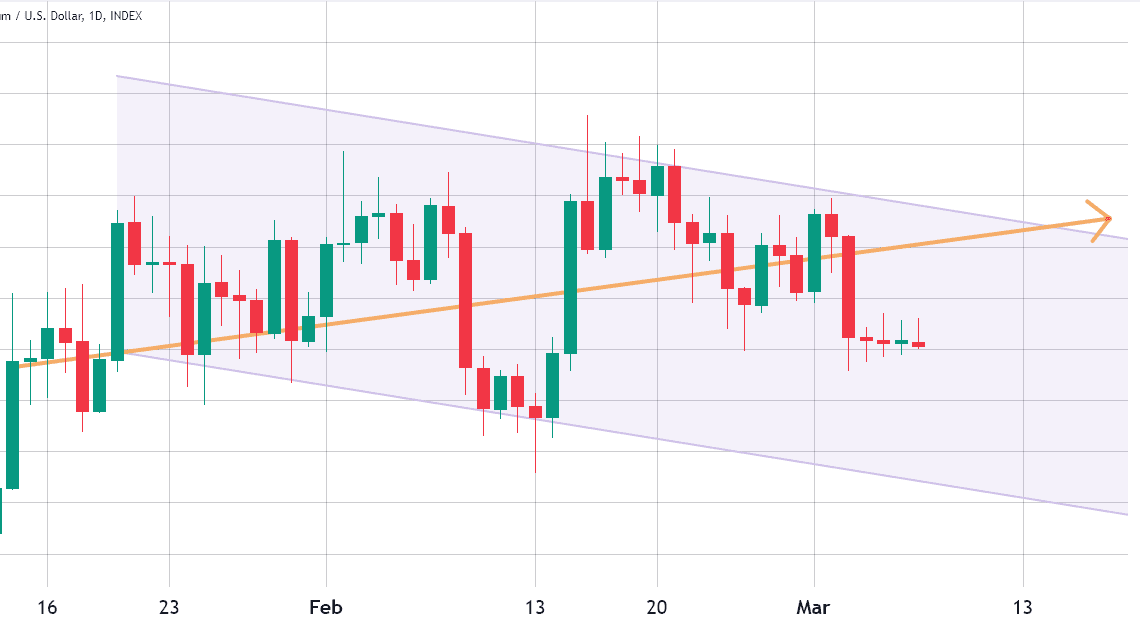The price of Ether (ETH) declined 6% between March 2-3, followed by a tight range trading near $1,560. Still, analyzing a wider time frame provides no clear trend, as its chart can point to a descending channel or a slightly longer seven-week bullish pattern.
Ether’s recent lack of volatility can be partially explained by the upcoming Shanghai hard fork, an implementation aimed at allowing ETH staking withdrawals. Those participants were each required to lock 32 ETH staked on the Beacon Chain to support the network consensus protocol.
After a series of delays, typical for changes in the production environment, the Shanghai Capella upgrade — also known as Shapella — is expected for early April, according to Ethereum core developer and project coordinator Tim Beiko. The Goerli testnet upgrade on March 14 will be the final rehearsal for the Shanghai hard fork before it is rolled out on the mainnet.
Recession risks increase, favoring ETH bears
On the macroeconomic front, United States Federal Reserve Chair Jerome Powell testified before the Senate Banking Committee on March 7. Powell stated that interest rates will likely rise higher than anticipated after “the latest economic data have come in stronger than expected.”
Evidence points to the Fed lipping behind the inflation curve, boosting the odds of harder-than-expected interest rate increases and asset sales by the monetary authority. For instance, an inflation “surprise” index from Citigroup rose in February for the first time in more than 12 months.
For risk assets, including cryptocurrencies, a more substantial move by the Fed typically implies a bearish scenario as investors seek shelter in fixed-income and the U.S. dollar. This shift becomes more pronounced in a recessionary environment, which many speculate is either coming or already here.
Adding additional pressure is the regulatory environment for cryptocurrency firms, especially after U.S. Press Secretary Karine Jean-Pierre said the White House has noted that the crypto-friendly bank Silvergate “experienced significant issues” in recent months.
Let’s look at Ether derivatives data to understand if the $1,560 level is likely to become a support or resistance.
ETH derivatives show reduced demand for longs
The annualized three-month futures premium should trade between 5% and 10% in healthy markets to cover costs and associated risks. However, when the contract trades at a discount…
Click Here to Read the Full Original Article at Cointelegraph.com News…
